- 13 Posts
- 26 Comments

 30·2 months ago
30·2 months agoNo. Modern SSDs are quite sophisticated in how they handle wear leveling and are, for the most part, black boxes.
SSDs maintain a mapping of logical blocks (what your OS sees) to physical blocks (where the data is physically stored on the flash chips). For instance, when your computer writes to the logical block address 100, the SSD might map that to a physical block address of 200 (this is a very simplified). If you overwrite logical block address 100 again, the SSD might write to physical block address 300 and remap it, while not touching the data at physical block address 200. This let’s you avoid wearing out a particular part of the flash memory and instead spread the load out. It also means that someone could potentially rip the flash chips off the SSD, read them directly, and see data you thought was overwritten.
You can’t just overwrite the entire SSD either because most SSDs overprovision, e.g. physically have more storage than they report. This is for wear leveling and increased life span of the SSD. If you overwrite the entire SSD, there may be physical flash that was not being overwritten. You can try overwriting the drive multiple times, but because SSDs are black boxes, you can’t be 100% sure how it handles wear leveling and that all the data was actually overwritten.
I feel like lightning rods are going to be needed on this planet to protect your factory, but you will also be able to use them to generate electricity. The alien ruins are also interesting. I wonder if they will be required for research on this planet, as in you need to explore a little and find/fix an alien research building, or deconstruct them for artifacts. I also wonder what kinds of enemies you might find here? Ancient, self-replicating robots defending their long-gone masters from
foreign invadersyou?
To native English speakers, yes. To non-native speakers, this is yet another bizarre rule they just have to memorize.
Micay stepped down as lead developer and foundation director. I’m not sure what role he has with the project currently, but it seems like he plans on leaving the project entirely, long term. I haven’t heard of any controversy since then. They’ve been hard at work and actually added support for Android Auto last month.

 1·5 months ago
1·5 months agoIt’s been a while since I took statistics, but yes, I guess that is a binomial distribution. It does not influence the results in the way you are implying it does, though. The calculator does actually account for it (the Population Proportion input), and the sample size actually decreases the lower/higher your proportion is. My point was that a question like, “Do you watch anime weekly,” is not like a question like, “How many hours of anime do you watch in a week,” where you certainly couldn’t assume a normal distribution for the number of hours watched.

 4·5 months ago
4·5 months agoNormal distribution with regards to what? “Do you watch anime weekly” is a binary question. There really isn’t a distribution associated with that.

 4·5 months ago
4·5 months agoYou don’t need a massive sample size for surveys to give meaningful information. Play around with this sample size calculator if you want to see what the margins of error are: https://www.calculator.net/sample-size-calculator.html?type=2&cl2=95&ss2=4000&pc2=5&ps2=500000000&x=Calculate
 3·5 months ago
3·5 months agoSo many great changes I’m looking forward to using in the new update! Being able to flip oil refineries and chemical plants is a huge QoL upgrade for making compact, tileable designs. If I need to scale a refinery/chemical pipeline hotizontally, I can just copy it, flip it, and butt the inputs or outputs together.
Setting assembler recipes with the circuit network seems more powerful (and complicated, seen by the number of combinators) than most players will ever use, but that’s why I love this game. I think it’s really funny how the devs went from, “Parametized blueprints might be too complicated for players,” to, “just build a finite state machine out of logic gates to control your assembly machines.” I’m really looking forward to seeing what other people are capable of doing with this. I’ll have to dust off my notes from my digital logic classes before I have a go at it.
P.S. The devs totally missed the chance to make a Missy Elliott reference: “I put my thing down, flip it and reverse it.”

 9·6 months ago
9·6 months agoThis is great to hear! The lack of Android Auto support was pretty much the only thing stopping me from considering a Pixel+GrapheneOS. My Galaxy S10 still has some life left in it, but I’ll probably consider replacing it with the Pixel 9 or 8a whenever those come out next year.

 14·7 months ago
14·7 months ago- SLC -> Single-Level Cell, i.e. 1 bit per cell
- MLC -> Multi-Level Cell, i.e. 2 bits per cell
- TLC -> Triple-Level Cell, i.e. 3 bits per cell
- QLC -> Quad-Level Cell, i.e. 4 bits per cell
The more bits per cell you store, the more dense and therefore cheaper your flash chips can be for a give capacity. The downside is that it is slower and less reliable since you have to be able to write and read exponentially more voltage states per cell, e.g. 2 states for SLC, 4 states for MLC, 8 states for TLC, etc.

 14·7 months ago
14·7 months agoThe Trine series is pretty fun. It’s a 2.5d puzzle platformer game. There are some combat bits, but most of the game is puzzles. I’d recommend the second one.

 5711·7 months ago
5711·7 months agoHe killed four of his classmates and wounded seven others. 15 years old is old enough to know how terrible the impact of his actions would be. There is certainly more that we as a society could have done to help him with his mental illness, but that does not erase his agency and make him not responsible for his crimes. He has more than earned his punishment.
the timer has no idea if it was triggered during last boot. It only has the context of “this” boot, so it will do it right after a reboot and set a timer to start the service again after a week of uptime.
This is not correct.
Persistent=truesaves the last time the timer was run on disk. From thesystemd.timerman page:Takes a boolean argument. If true, the time when the service unit was last triggered is stored on disk. When the timer is activated, the service unit is triggered immediately if it would have been triggered at least once during the time when the timer was inactive.
OP needs to remove
Requires=backup.servicefrom the[]section so it stops running it when it start the timer on boot.
You have the timer requiring backup.service, so it will run that service every time the timer starts on boot. Remove
Requires=backup.service, and that will fix the issue.

 15·7 months ago
15·7 months agoWell, for one, it’s network attached storage. If it’s not present in the network for one reason or another, guess what, your OS doesn’t boot… or it errors during boot, depending on how the kernel was compiled and what switches your bootloader sends to the kernel during boot.
Just use
nofailin the fstab.Second, this is an easy way for malware to spread, especially if it’s set to run after user logon.
If your fileshare is accessible to you, it is also accessible to malware running as your user. Mounting the share via a filemanager doesn’t change this.
 3·8 months ago
3·8 months agoUsing the circuit network has always been kind of tedious, so I’m glad to see that it is getting some love for the 2.0 update. Showing the input and output signals directly in the UI and being able to have a description for the combinators is going to make debugging much easier.
 13·9 months ago
13·9 months agoHoly shit, they actually did it! We’re getting train bridges! This looks incredible!
USB 2 is 480 Mb/s, not 480 MB/s. 480 Mb/s is 60 MB/s, so the 500 MB/s from PCIe 2.0 x1 is quite a bit faster and is about the limit of what a SATA 3 interface could do. Also, sequential throughput isn’t nearly as important as most people think. Random IO, which NVMe drives excel at, will make a far more noticeable impact on real world performance.
I was pretty skeptical when I first started reading through this, but I’m actually kind of looking forward to it now. People seem to be really turned off by the RNG, but with the recycler, you can essentially automate it away. I’m excited to play with recycling loop designs and separate production lines for high quality items/intermediates, and fast/efficient low quality production lines for science. I also think people are getting caught up in only thinking of the late game and waning to leap frog to tier 5 instead of thinking of the tiers as progression as you slowly build and iterate on your factory. I do agree that the naming for the tiers really doesn’t match Factorio though and something more industrial would fit better.


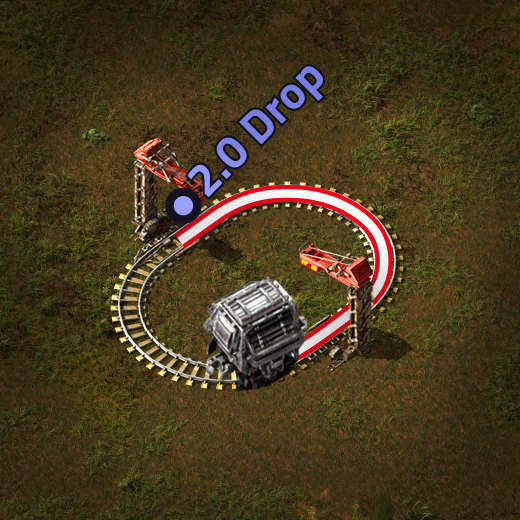

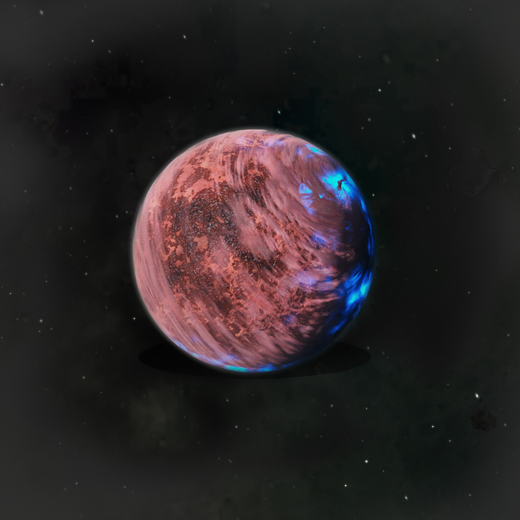



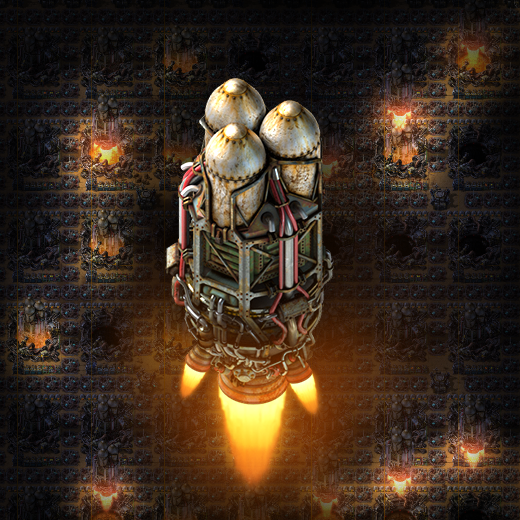

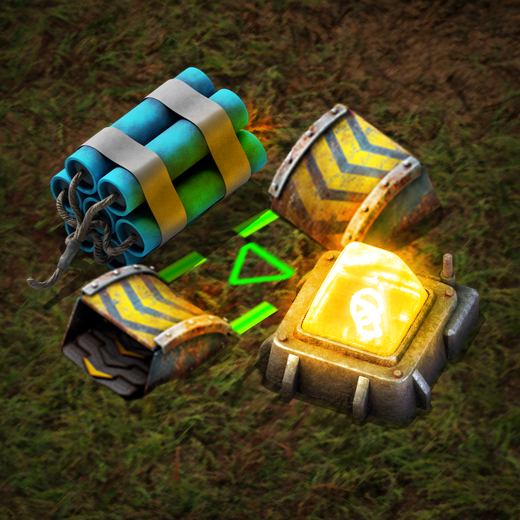
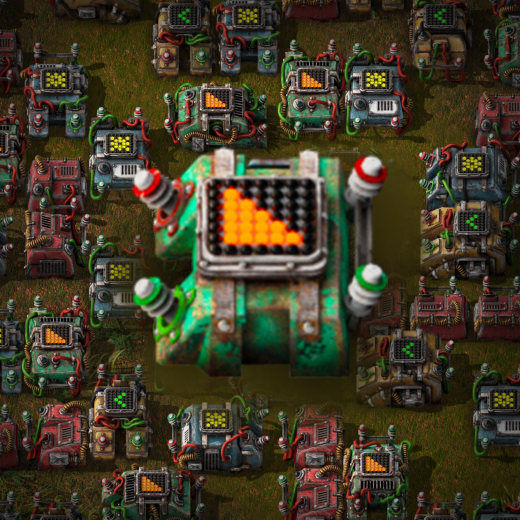
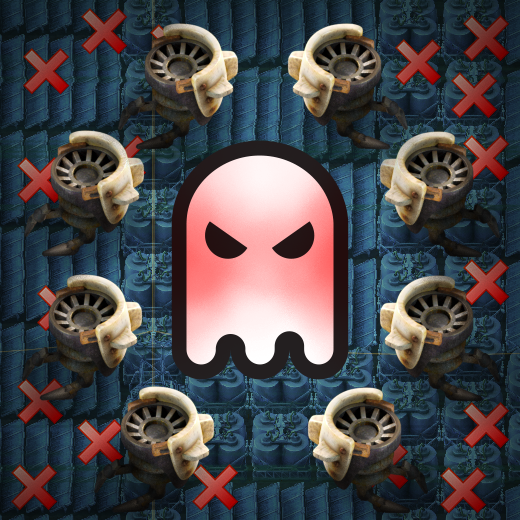
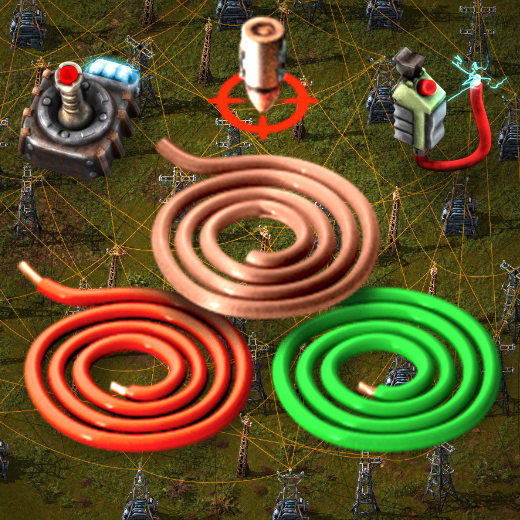
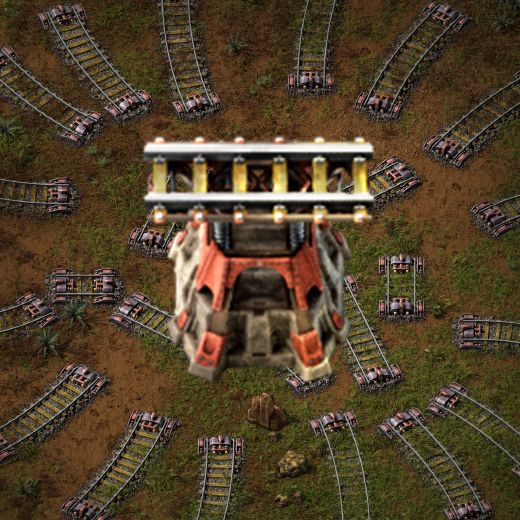

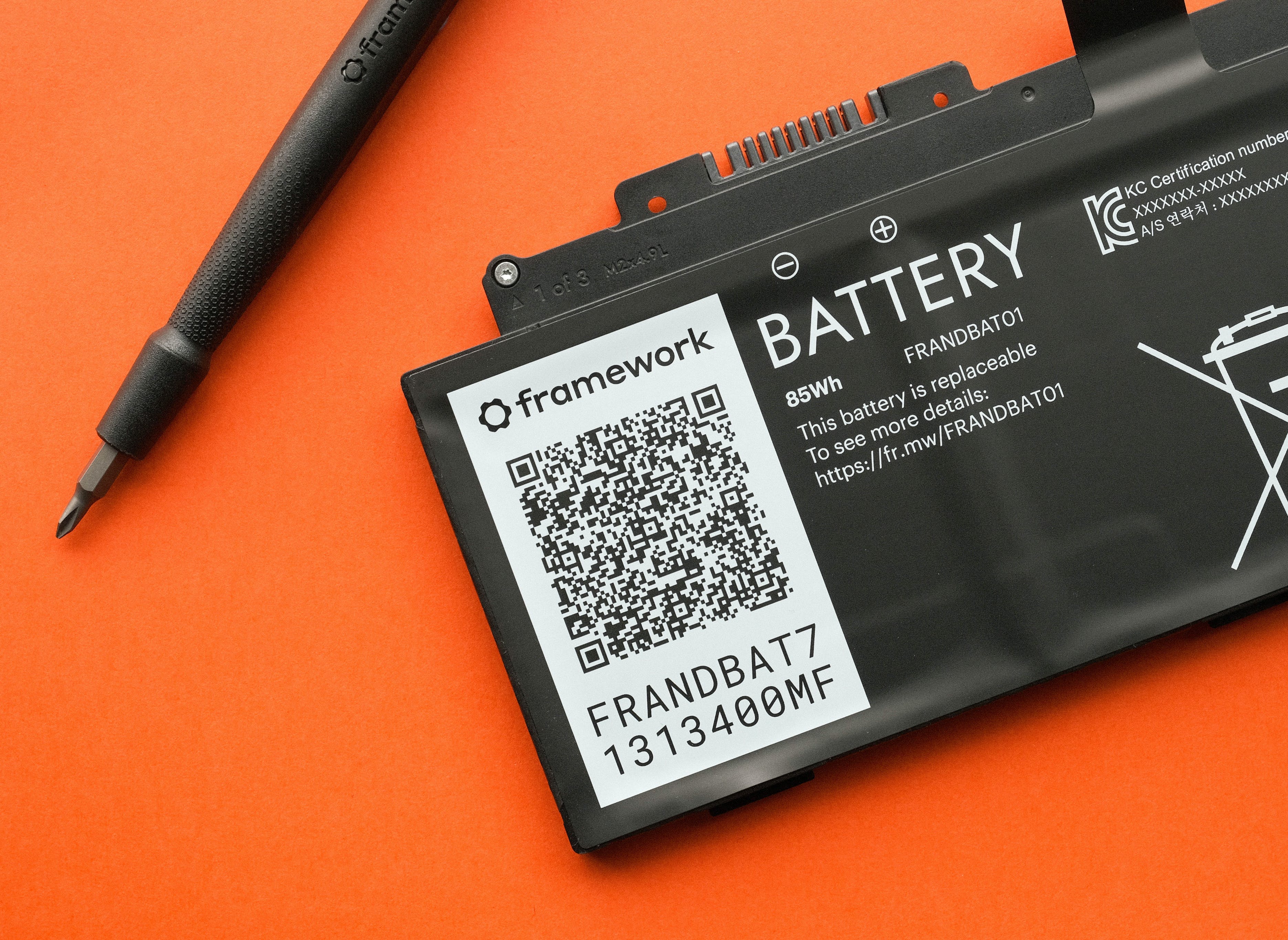
Linus didn’t step down in response to this. I don’t remember the exact timelines, but he either stepped down before this, or was in already in the process of transitioning to the new CEO when this happened.